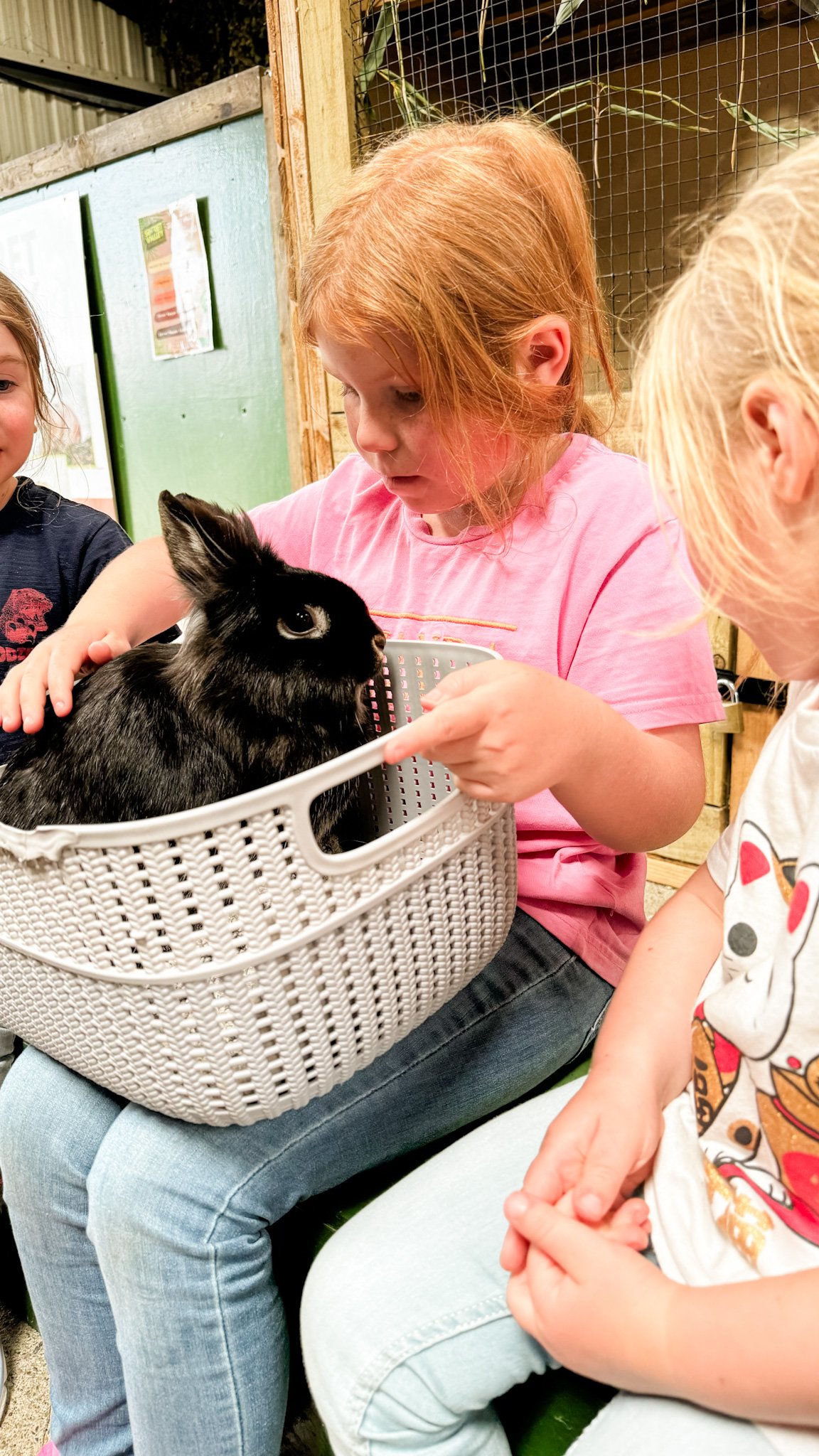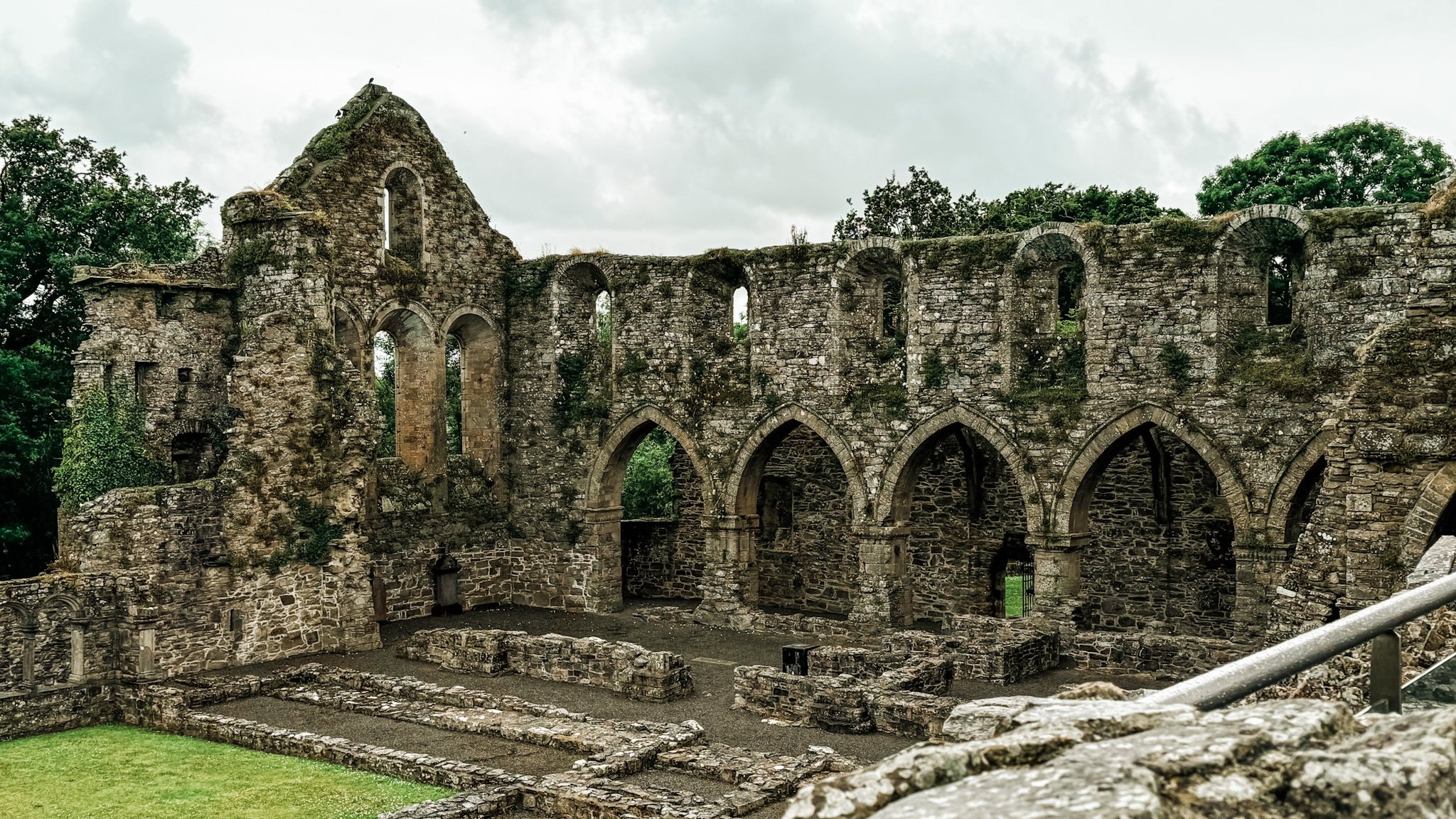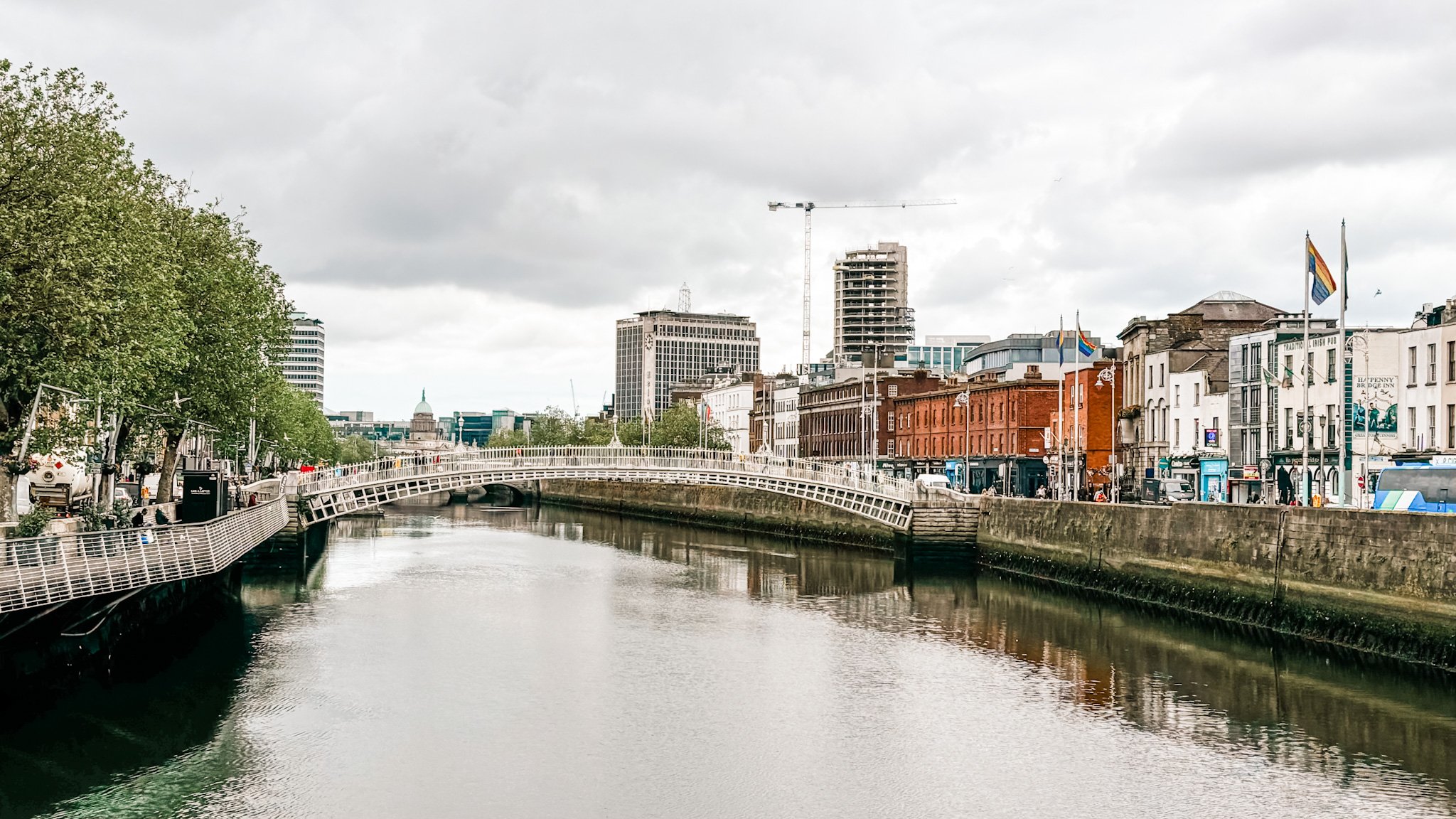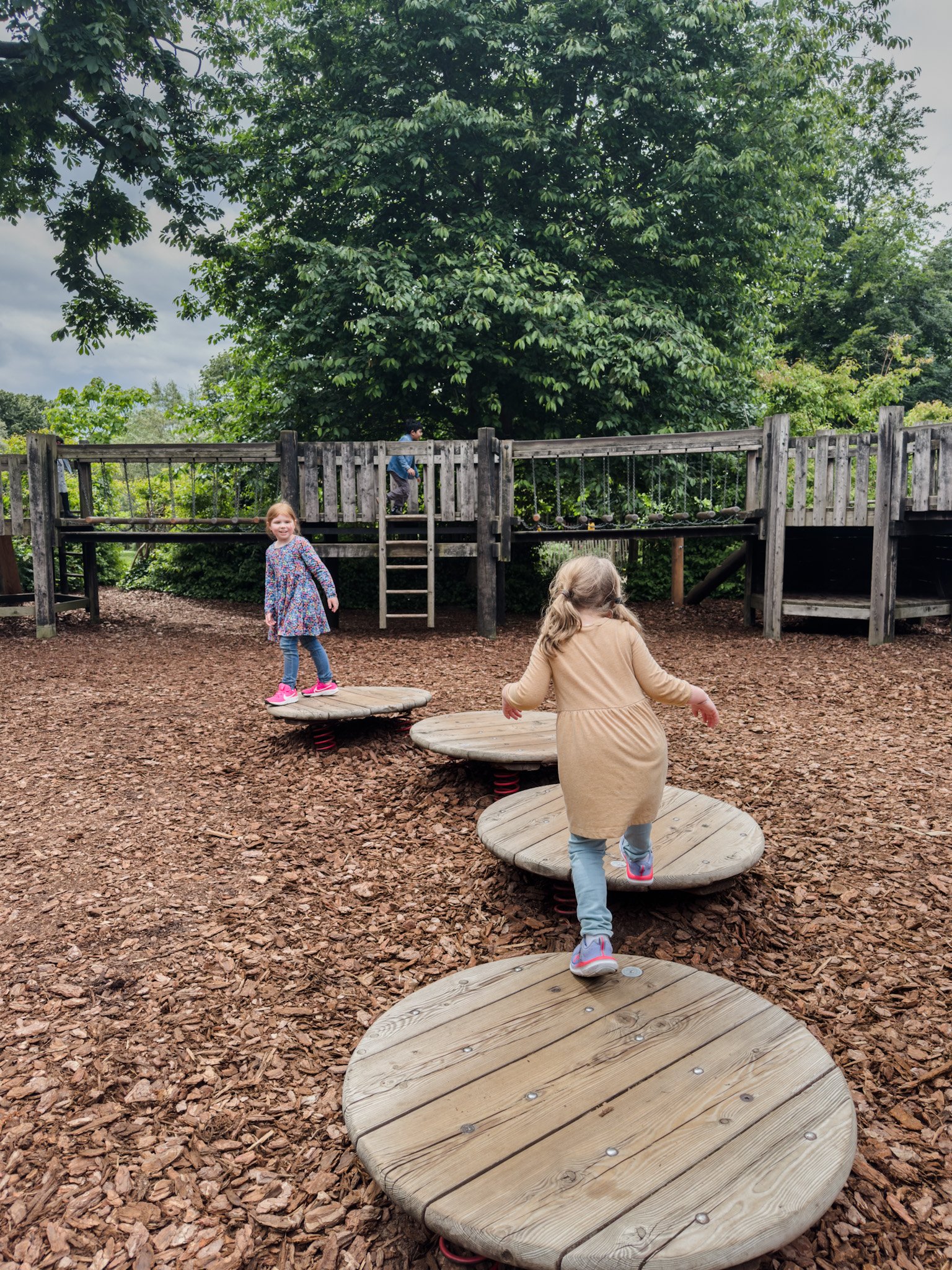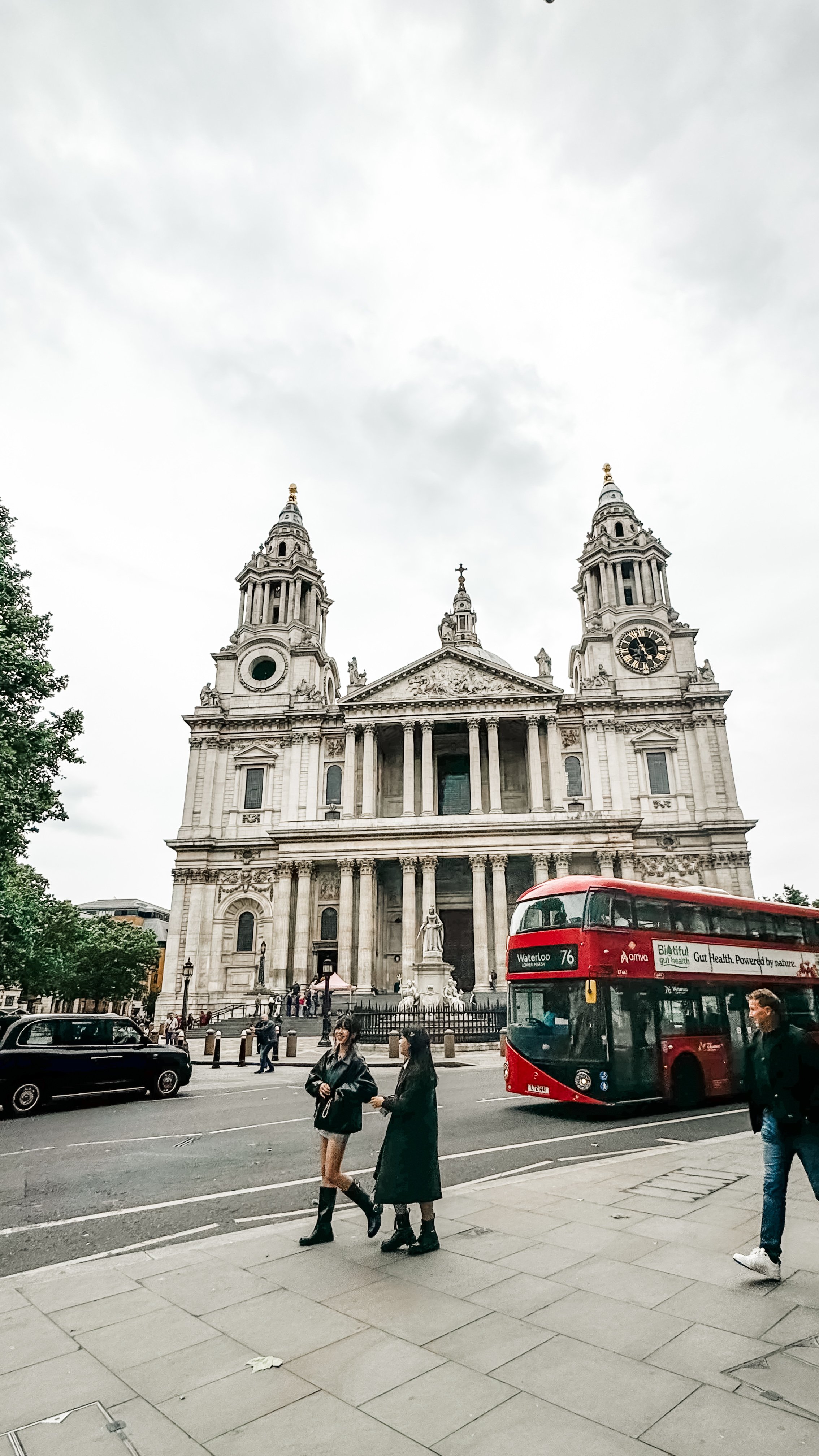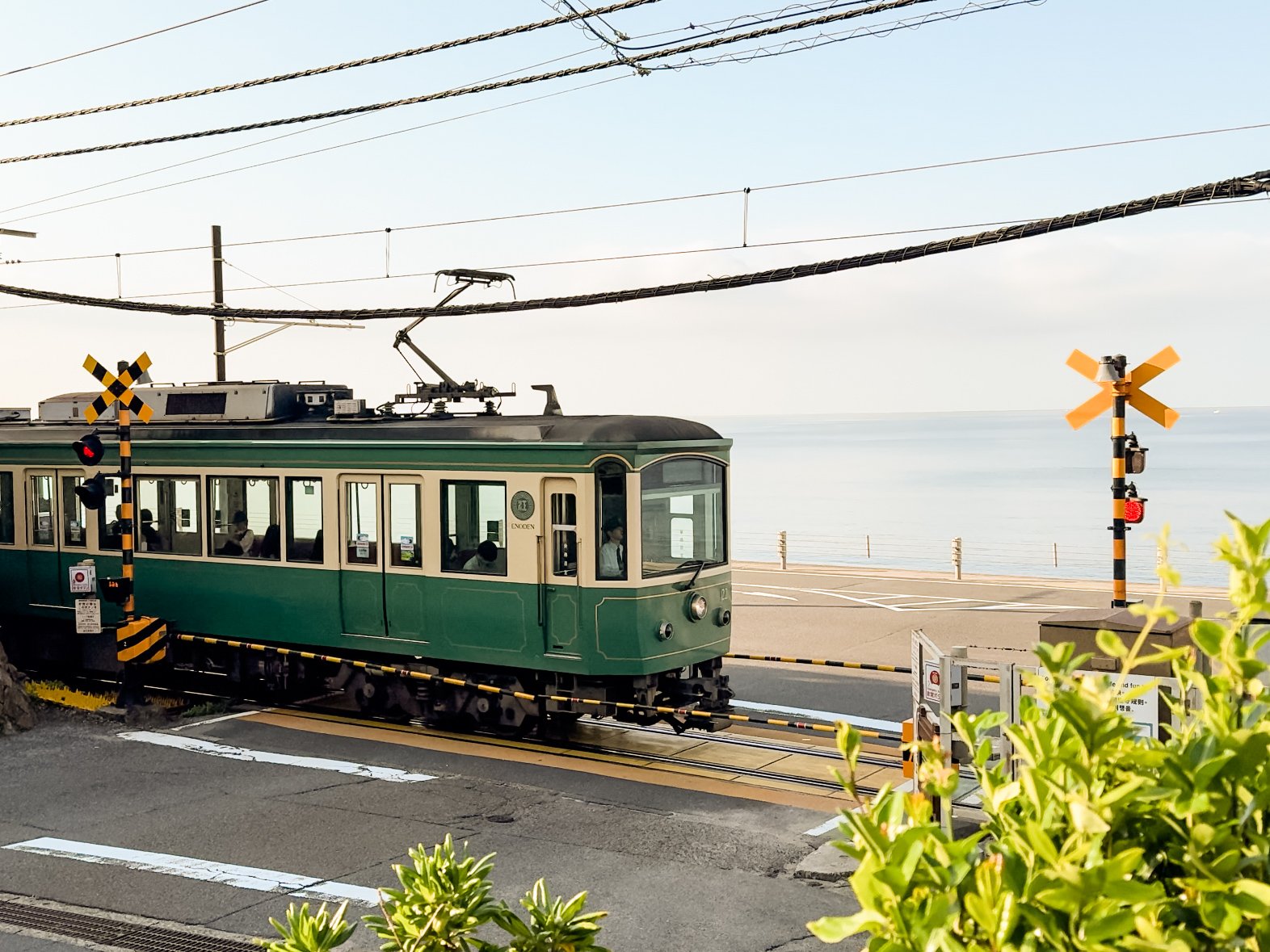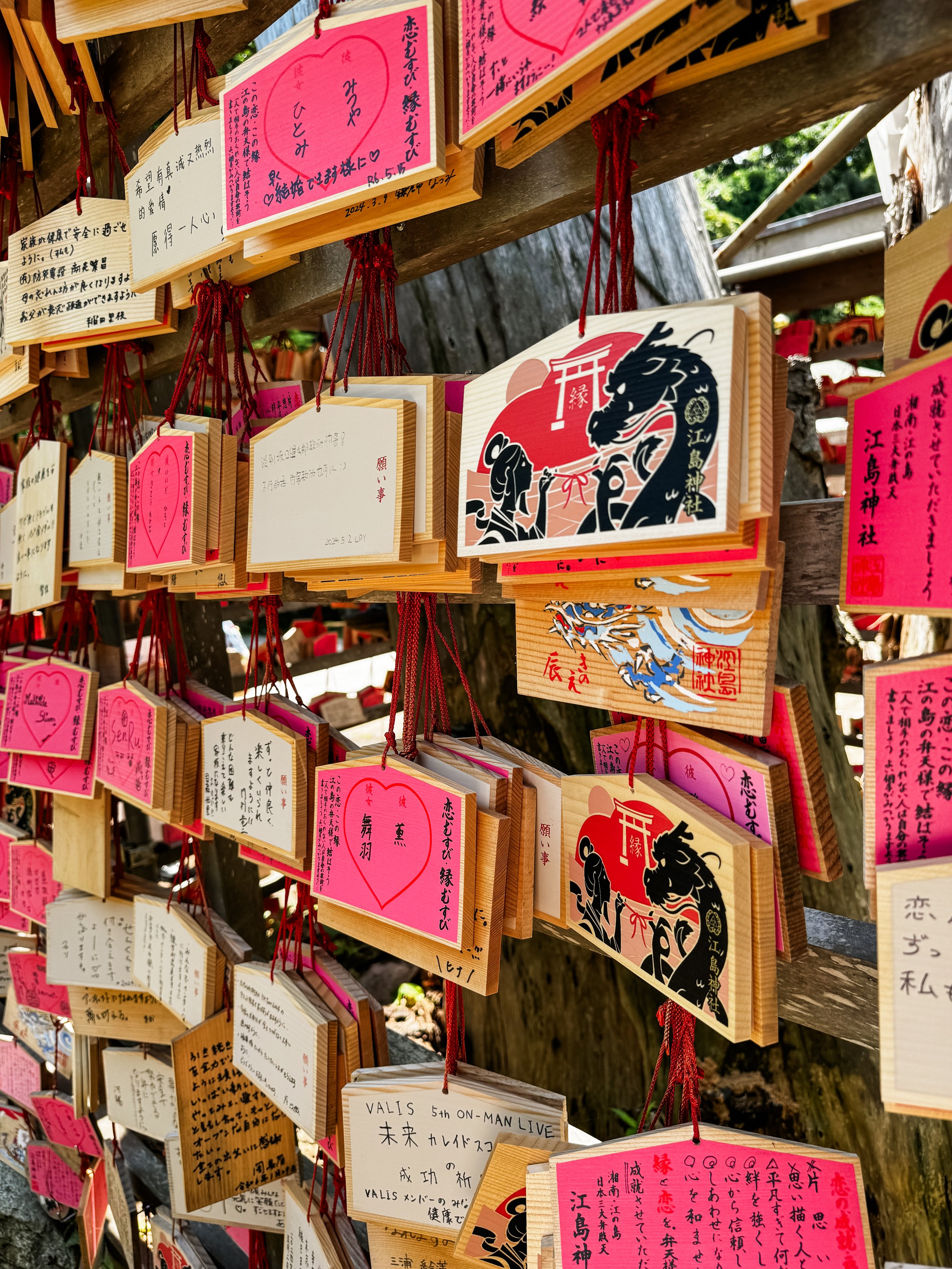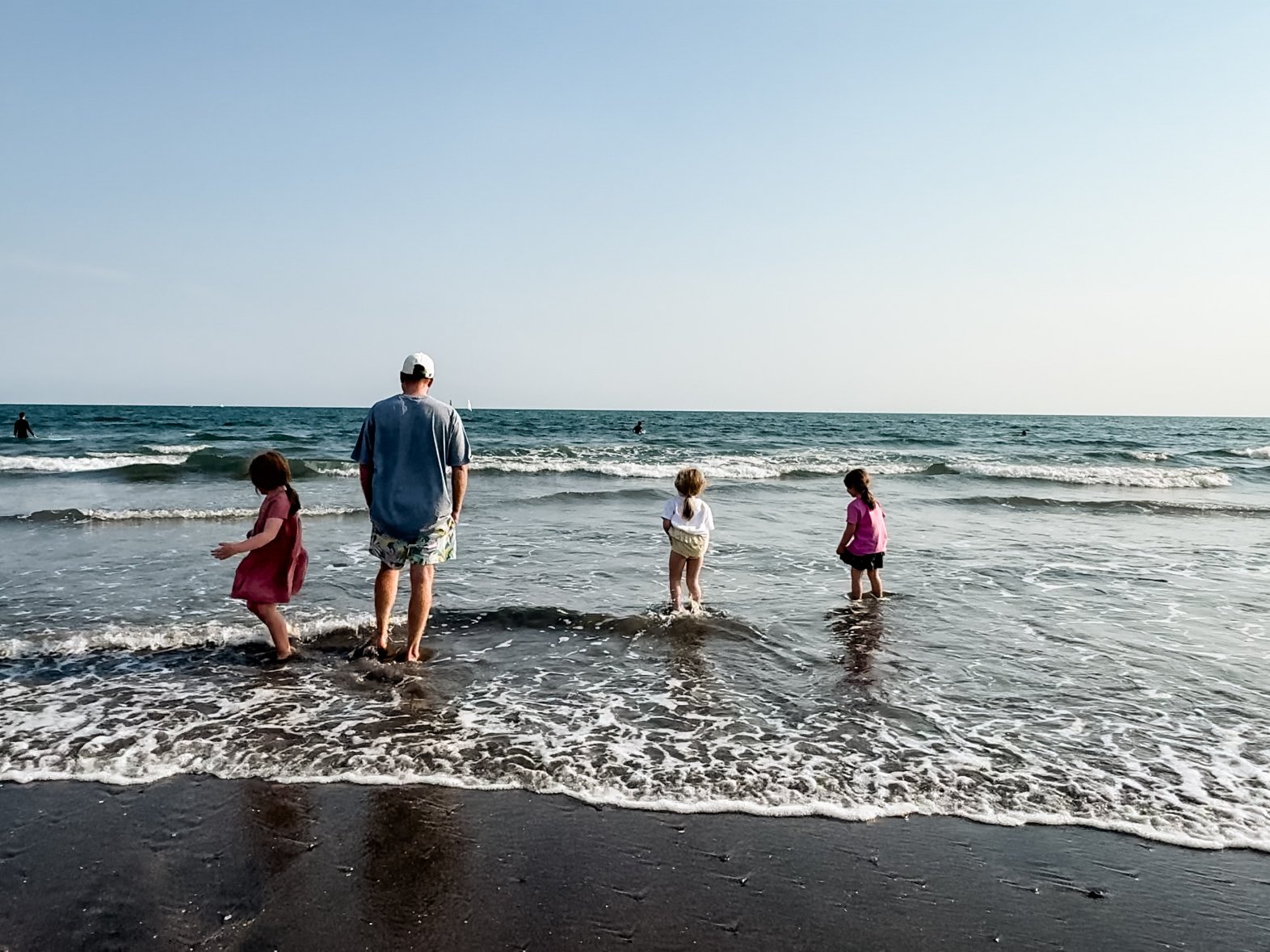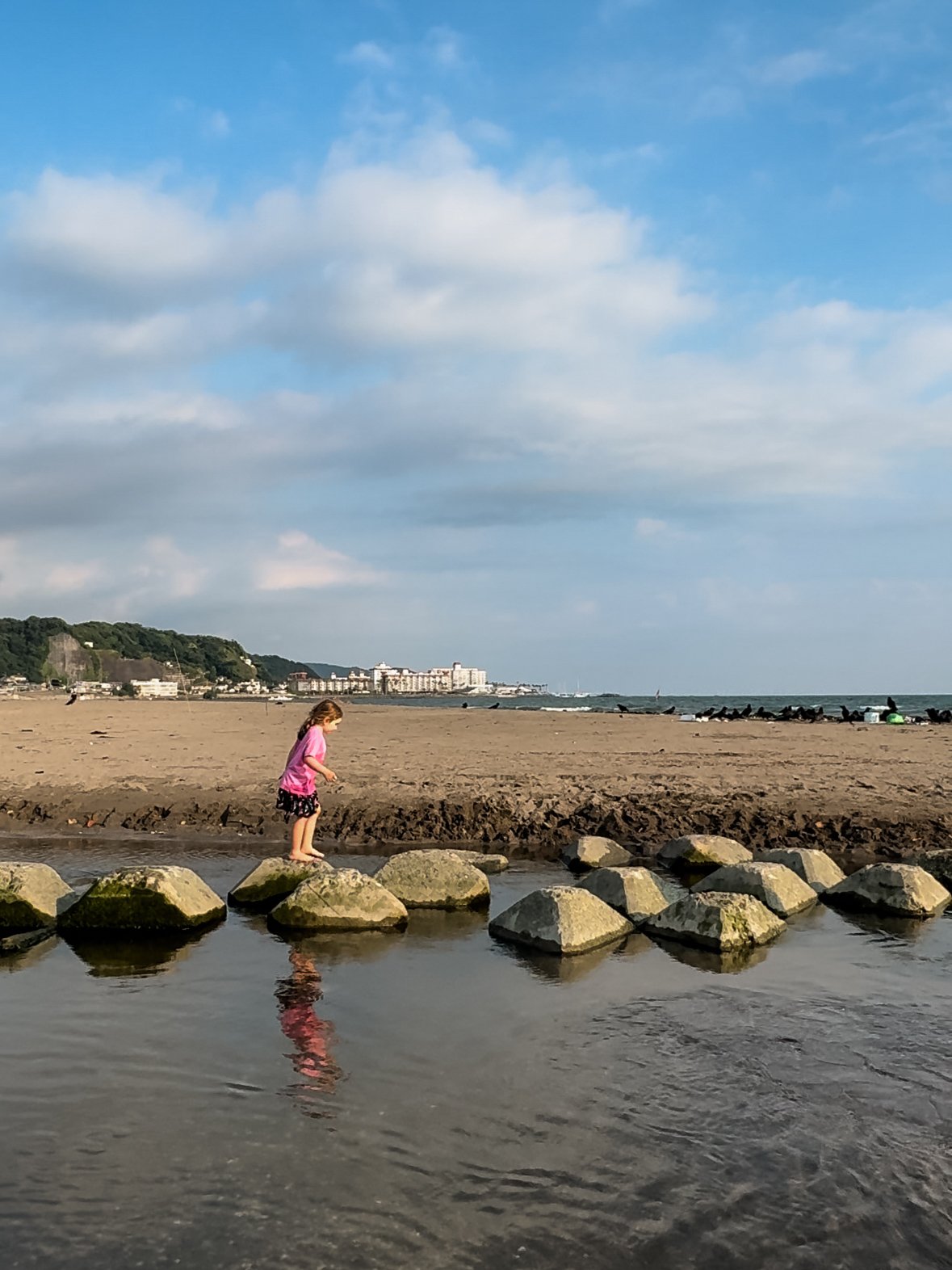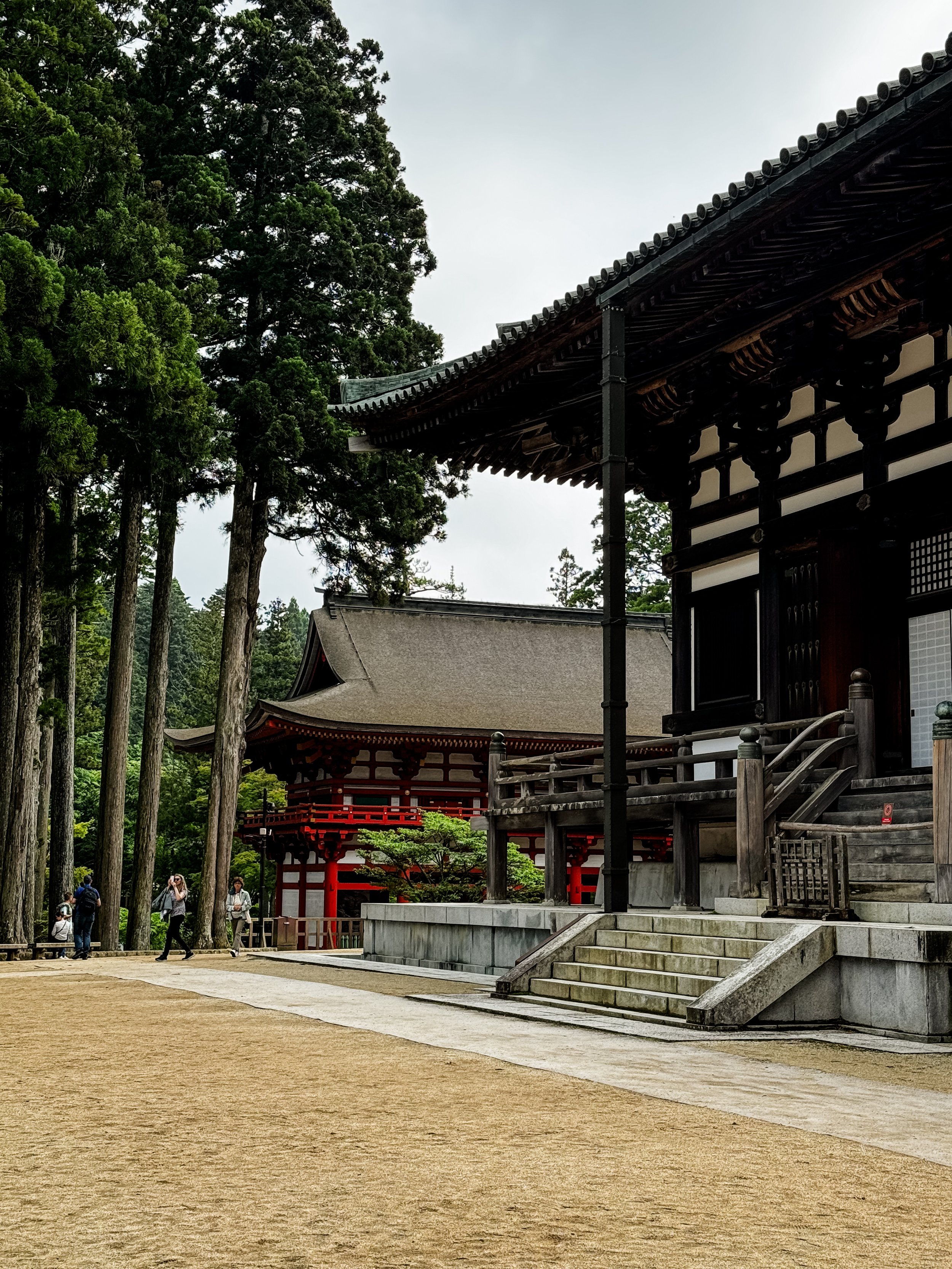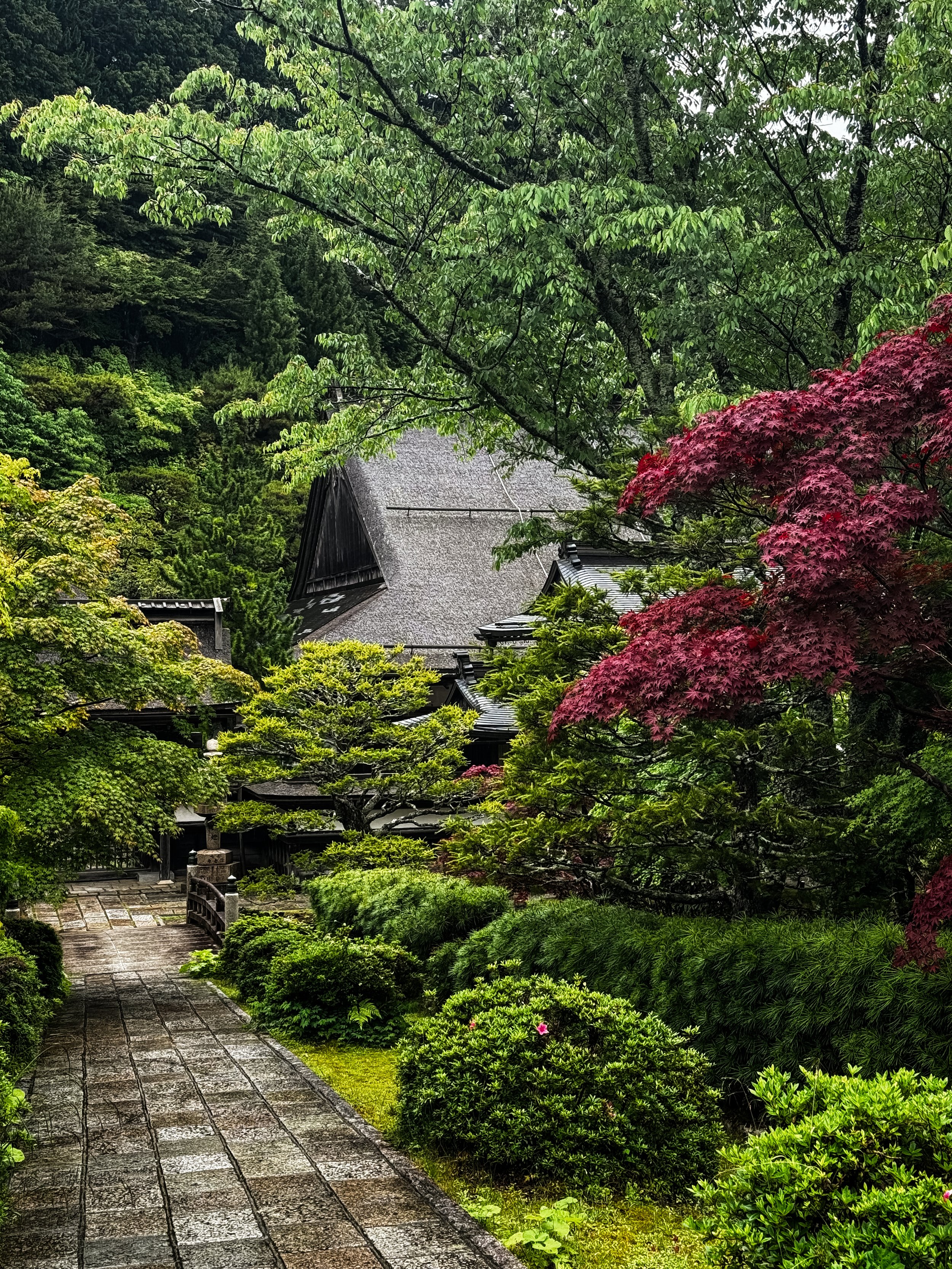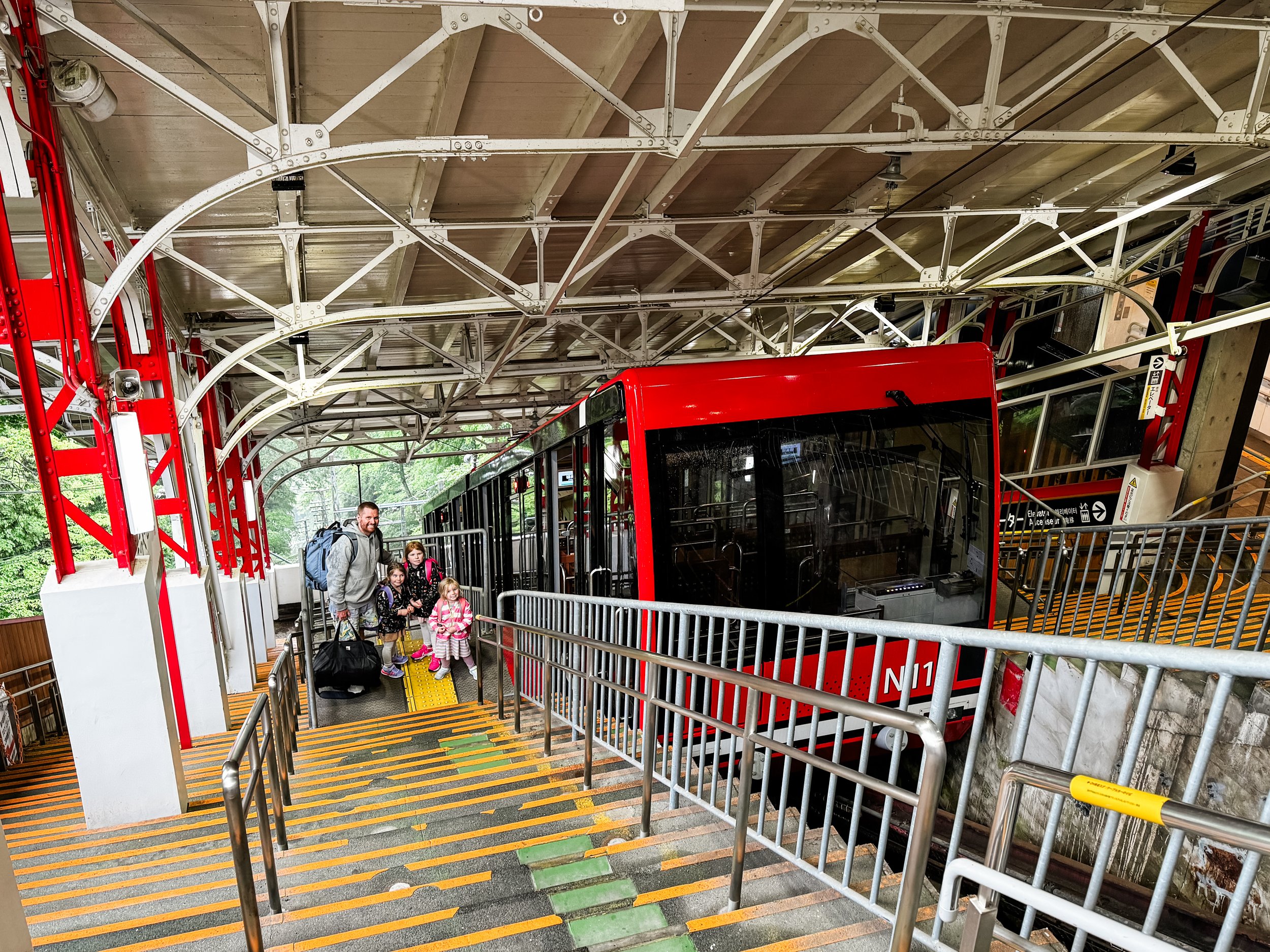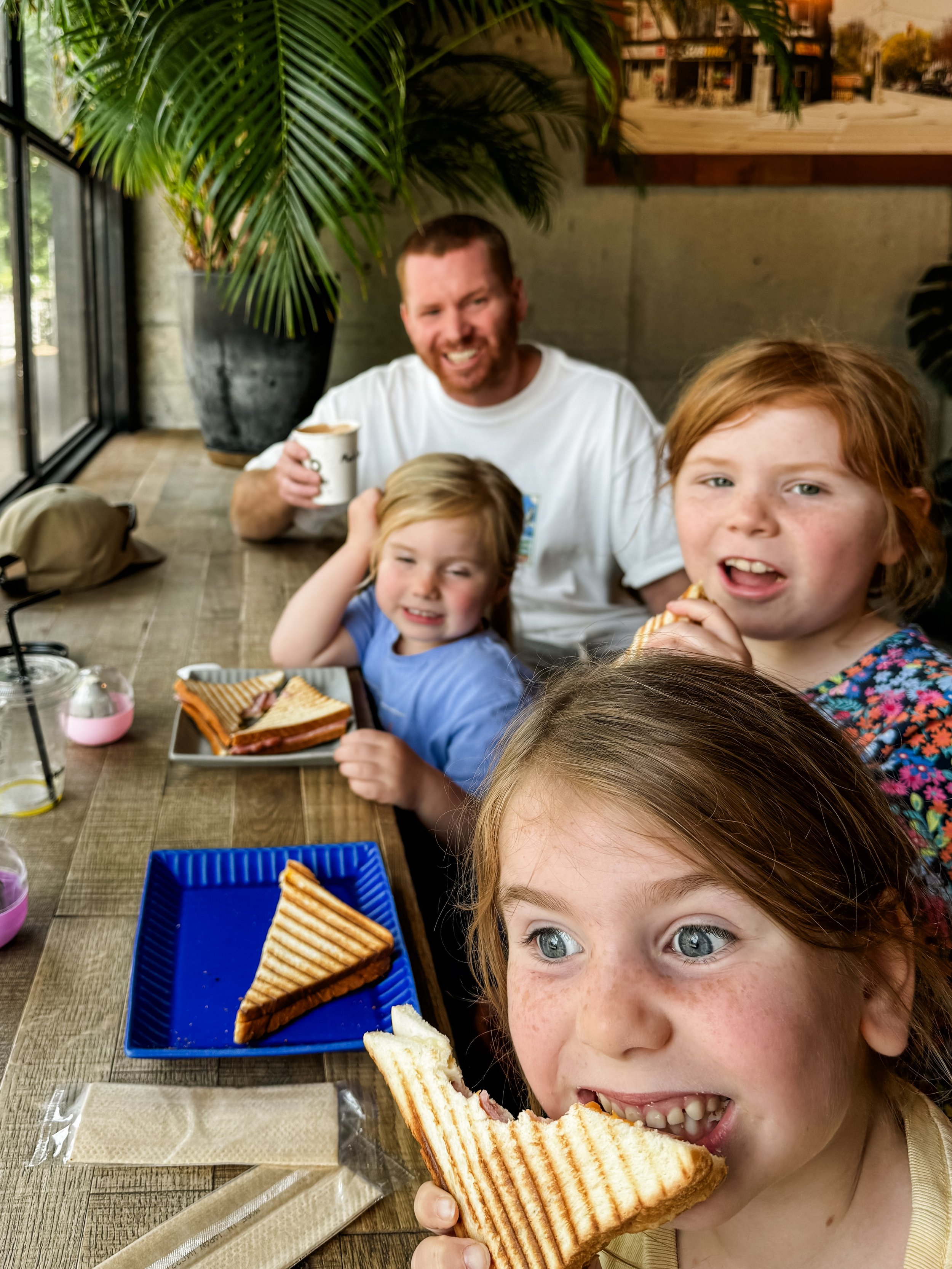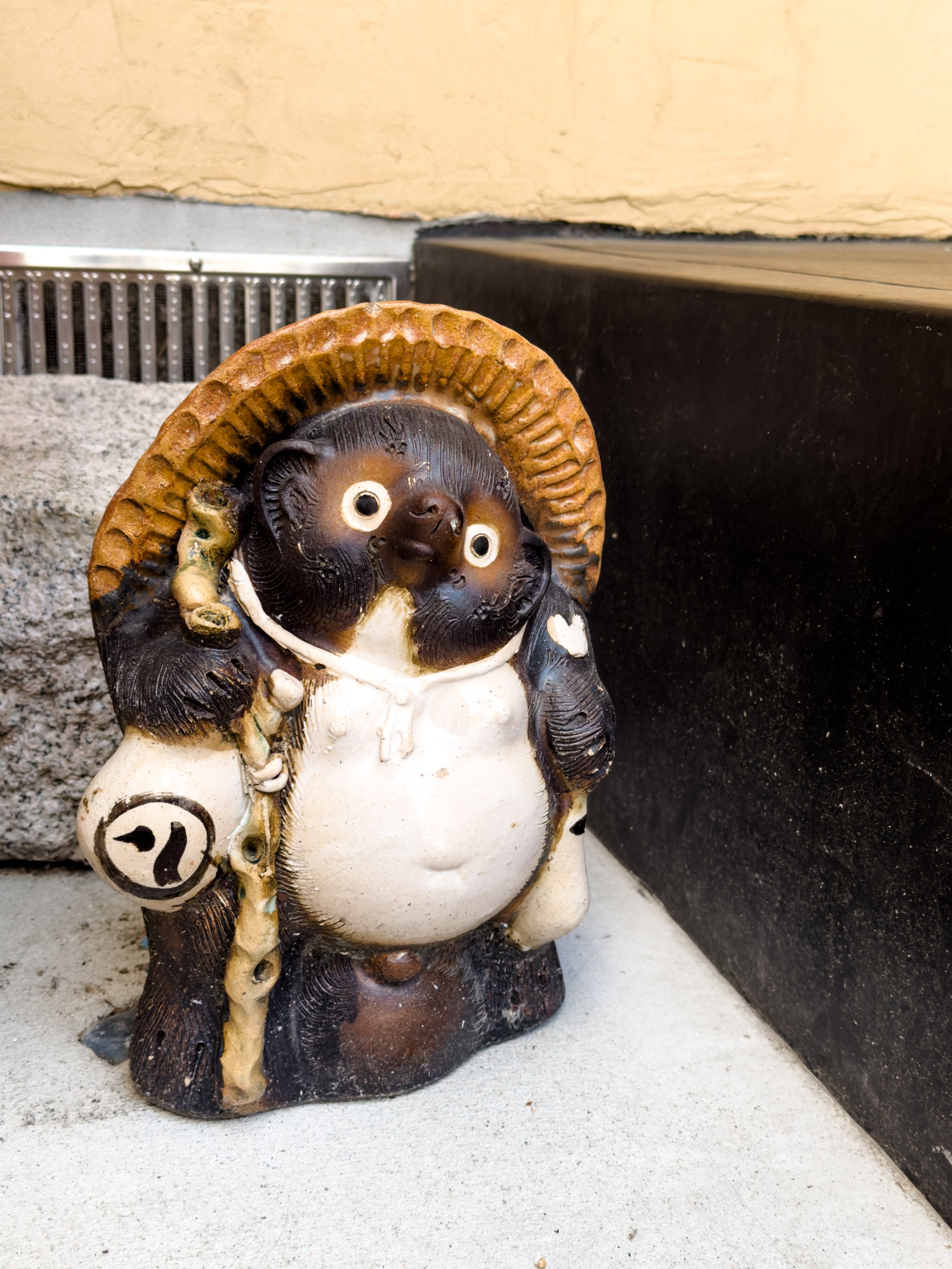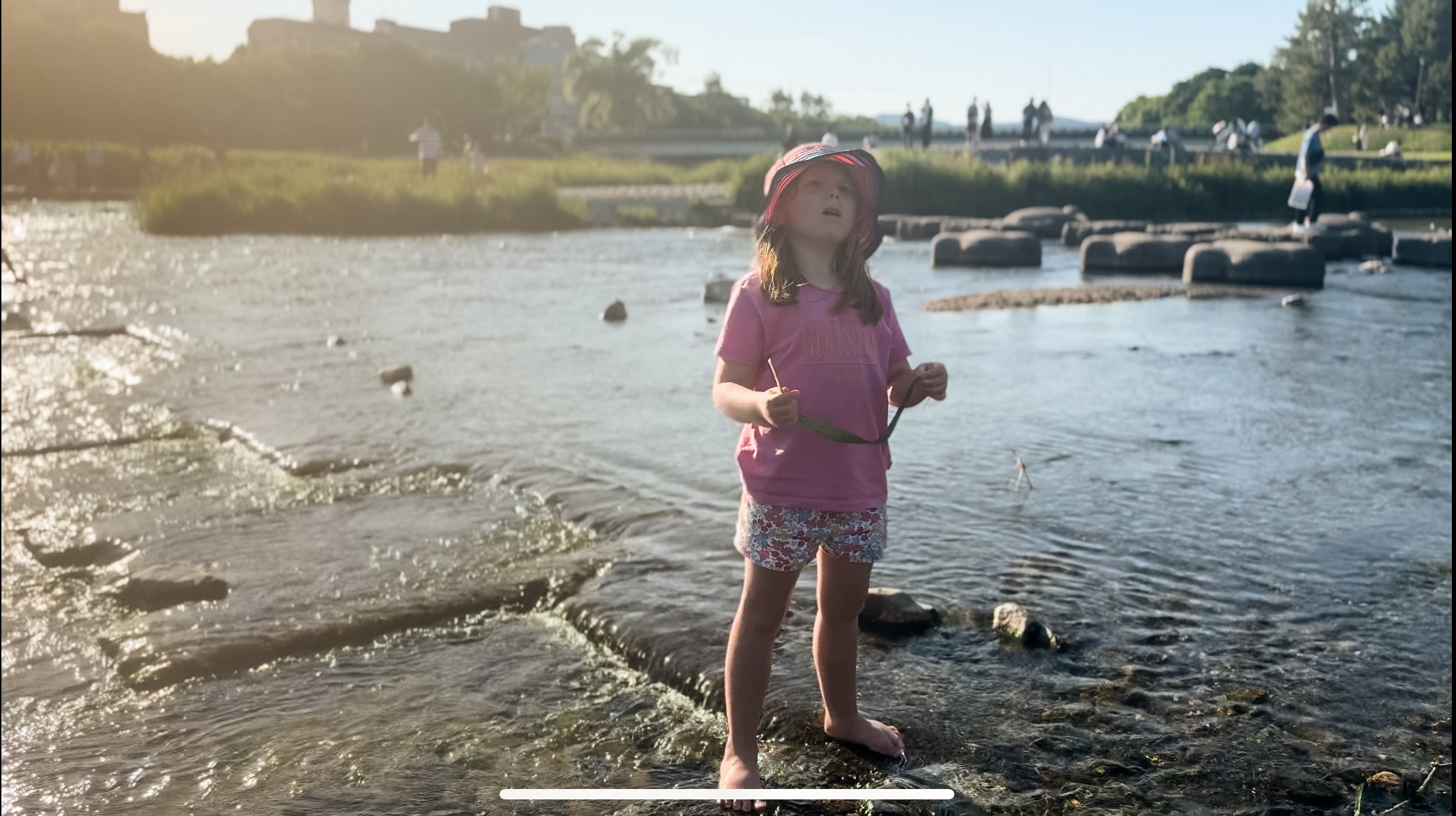We booked all of our accommodation via booking.com and all the stays were primarily self catered holiday rental style accommodation with the exception of a few hotels.
We were very happy with booking.com overall and the main reason we choose it in the first place was that it generally provides good cancellation policies and allows you to pay a few days out from your arrival. Airbnb on the other hand takes payment right away and holds it until you check out. We appreciated having some flexibility in our accommodation bookings and keeping as much money in our bank accounts for as long as possible.
I’ve included links to the accommodation on booking.com. At the moment, these are not affiliate links but I’m working towards setting up affiliate links in the future
TOKYO
This hotel is in a fantastic location, Akasaka felt like a quieter neighbourhood although it had plenty of restaurants and bars in the streets surrounding the hotel.
We were able to walk to Akasaka train station and Akasaka-Mitsuke train station and from there we were able to reach many of the main destinations around Tokyo.
The hotel staff were great, very friendly and they were especially helpful with our luggage forwarding request. However the room was very small. It had two queen sized beds pushed together which myself and all the girls slept on ( essentially one giant bed ) while Braino slept on a foldout couch. The bathroom was a good size but there was only a hotel style kitchenette and a couch with a coffee table. We managed for 4 nights but it got little cramped.
No amenities like breakfast or room service but it did have a washing machine in the room.
LAKE KAWAGUCHIKO
Fujiyasan is a stand alone 2 bedroom house which we were super impressed by.
The downstairs two bedrooms have a queen size bed in each and then there is a third tatami room upstairs where you can set up 2 x Japanese style futons. ( floor mattresses )
The kitchen is well equipped and there is a large dinning table and a living area with a couch and TV.
There is even unexpected things like a hair straightener and projectors in the bedroom.
The location is the best part - it’s a short walk from the main train and bus station and we could also walk down to the lake.
There is a stunning view of Mt Fuji when it wasn’t behind the clouds and there was even a bit of outdoor space for the kids to run around in. This was our favourite accommodation of all, we highly recommend it for Lake Kawaguchiko.
KYOTO
This was also a two bedroom, two level townhouse that was very much an example of an authentic Japanese house.
The host, Fiona, made this stay exception. She was originally from England but had been living in Kyoto for many years with her family, including her two teenage girls.
She didn’t live onsite but she came over on two different occasions to help. She gave us lots of recommendations and info and really helped us out with luggage forwarding. And there were bikes that were free to use, so Braino often road around to collect takeaway for dinner, there we many options within riding distance.
This apartment had two bedrooms upstairs that were only separated by a screen door and that had tatami mats and futons ( floor mattresses ). This was fine for us as a family although Braino wasn’t a huge fan of the futons. But a family with older kids or a group of friends may have found the set up not very practical in terms of privacy. There was also steep stairs between the two levels, so I’d be a little wary with babies and toddlers.
The location was good, as we were a 2 minute walk from a station station, however it was one of the smaller, outer train lines and we had to change after two stops to get to the main train line. This particular train line - the Eizan Main Line, was a little more expensive than the other train lines in Kyoto too.





